Description
Join Noah Siegel and Christian Schwarz, co-authors of Mushrooms of the Redwood Coast and its upcoming ‘sequel’ Mushrooms of Cascadia, for a 5-part webinar on all things mycological.
Focused on the Pacific Northwest, but covering the “big picture” across North America, your instructors will draw on their decades of field experience to cover everything from basic fungal biology to ecology and evolution to conservation and directions for community science.
Noah and Christian are both seasoned mycological educators – expect lushly illustrated sessions and up-to-the-minute insights on latest research!
Part 1: Nov. 21 – What are Fungi?
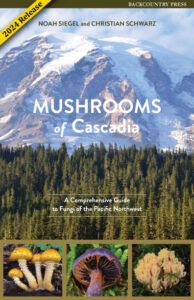
- Although you might be very familiar with mushrooms, it might surprise you to learn that situating mushrooms within the broader category of “fungi” is a complicated task! And how do we define fungi to begin with? From the “big-picture” evolutionary view (when did fungi first evolve?) to the nuts and bolts of how to analyze mushroom anatomy for identification, this session will cover the basics of fungal biology and give us a firm foundation for the rest of our time together.
Part 2: Nov. 28 – Mushroom Ecology – What We Thought We Knew
- Almost everyone learns in school that fungi play important ecological roles as decomposers. And increasingly, a few sensational examples of mutualistic and parasitic fungi have become well-known thanks to popular media. But the actual details of fungal ecology are complex, subtle, and sometimes downright confusing. In this session, we’ll start with a simple scaffold for understanding fungal lifestyles, and then add layers of detail to leave you with an enriched, sophisticated perspective on the interactions of fungi with other living creatures and their roles in global ecosystems.
Part 3: Dec. 5 – Cascadia: Fungal Paradise + North American Biogeography
- If you’ve been to the Pacific Northwest of the United States, it’s not hard to imagine why it is so rich in mushroom diversity: Dripping-wet temperate rainforests, high volcanic mountain ranges, sagebrush steppe, and everything in between. In this session, we’ll take a close look at the factors that make Cascadia so special, as well as taking time to situate it in the context of the rest of the continent – including compare-and-contrast exercises to give us a sense of how it all fits together.
Part 4: Dec. 12 – Fungal Conservation
- Although plants, birds, mammals, and even insects have well-developed conservation infrastructure in the United States; fungi have yet to receive the same level of effort and attention. In this session, we’ll cover what conservation of fungi in action might look like, how it differs from that of other groups of organisms, and why it might be especially important to introduce to land management plans. We’ll also go through an overview of what has been done in the United States and contrast it to fungal conservation efforts in Europe and elsewhere.
Part 5: Dec. 19 – The Next Ten Years of Amateur Mycology
- Our knowledge of North American mushroom diversity has grown by leaps and bounds over the past two decades, and shows no signs of slowing. Rather the opposite! But how do we make sense of this flood of new data? What challenges will we face in the coming years, and more importantly – what good does this knowledge do for conservationists? We’ll talk about some concrete goalposts and milestones for mycologically-focused community scientists, nonprofessionals, amateurs, and general natural history enthusiasts to contribute to the next phase of getting to know this particularly fascinating suite of our neighbors on the planet.
Your Teachers
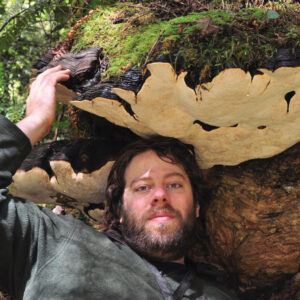
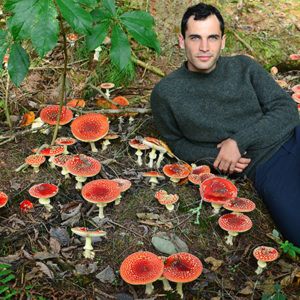
Christian Schwarz studied Ecology and Evolution at UC Santa Cruz, where his interest in the world of fungi became irrevocable – their seemingly endless forms (from the grotesque to the bizarre to the sublime) feed his curiosity. Christian now teaches Natural History of Fungi to undergraduates, and is a research associate of the Norris Center at UCSC. He is co-author of Mushrooms of the Redwood Coast, and now spends his time seeking, photographing, collecting, teaching about, and publishing research on the macrofungi of California and Arizona. He is a research associate of the Santa Barbara Botanic Garden, and is assembling a mycoflora for the California Channel Islands. He has also served on the IUCN Red List Working Group for North American Fungi, advocating for habitat conservation focused on fungi. He is passionate about biodiversity in general, and especially in the philosophy and practice of community science (especially through the use of iNaturalist). You can find his blog at www.Biodiversiphile.com
Noah Siegel has extensive mycology skills – with over three decades seeking, photographing, identifying, and furthering his knowledge about macrofungi. He has hunted for mushrooms throughout the United States and Canada, as well as on multiple expeditions to New Zealand and Australia and Cameroon. He is one of the premier mushroom photographers in the nation, having won numerous awards from the North American Mycological Association (NAMA) photography contest. His technique and attention to detail are unrivaled, arising from a philosophy of maximizing utility for identification purposes while maintaining a high degree of aesthetic appeal. His photographs have appeared on the covers and have been featured in articles of multiple issues of FUNGI Magazine, the primary mushroom enthusiast magazines in the United States, numerous mushroom books, as well as many club publications. He authored, along with Christian Schwarz, Mushrooms of the Redwood Coast, a comprehensive guide for the northern California coast, and A field Guide to the Rare Fungi of California’s National Forests. Noah travels and lectures extensively across America, following the mushrooms from coast to coast, and everywhere in between.
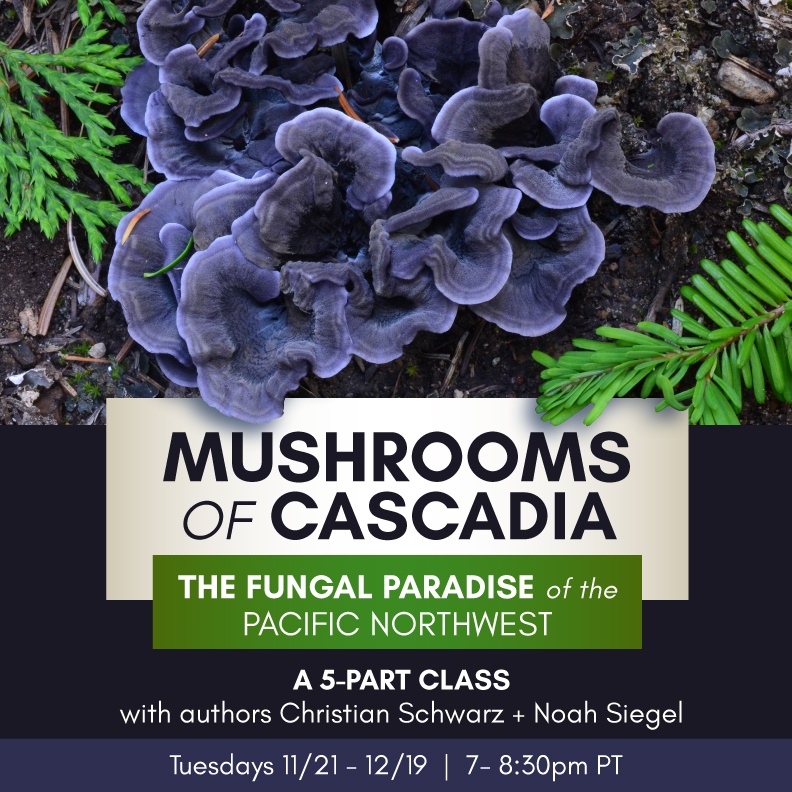
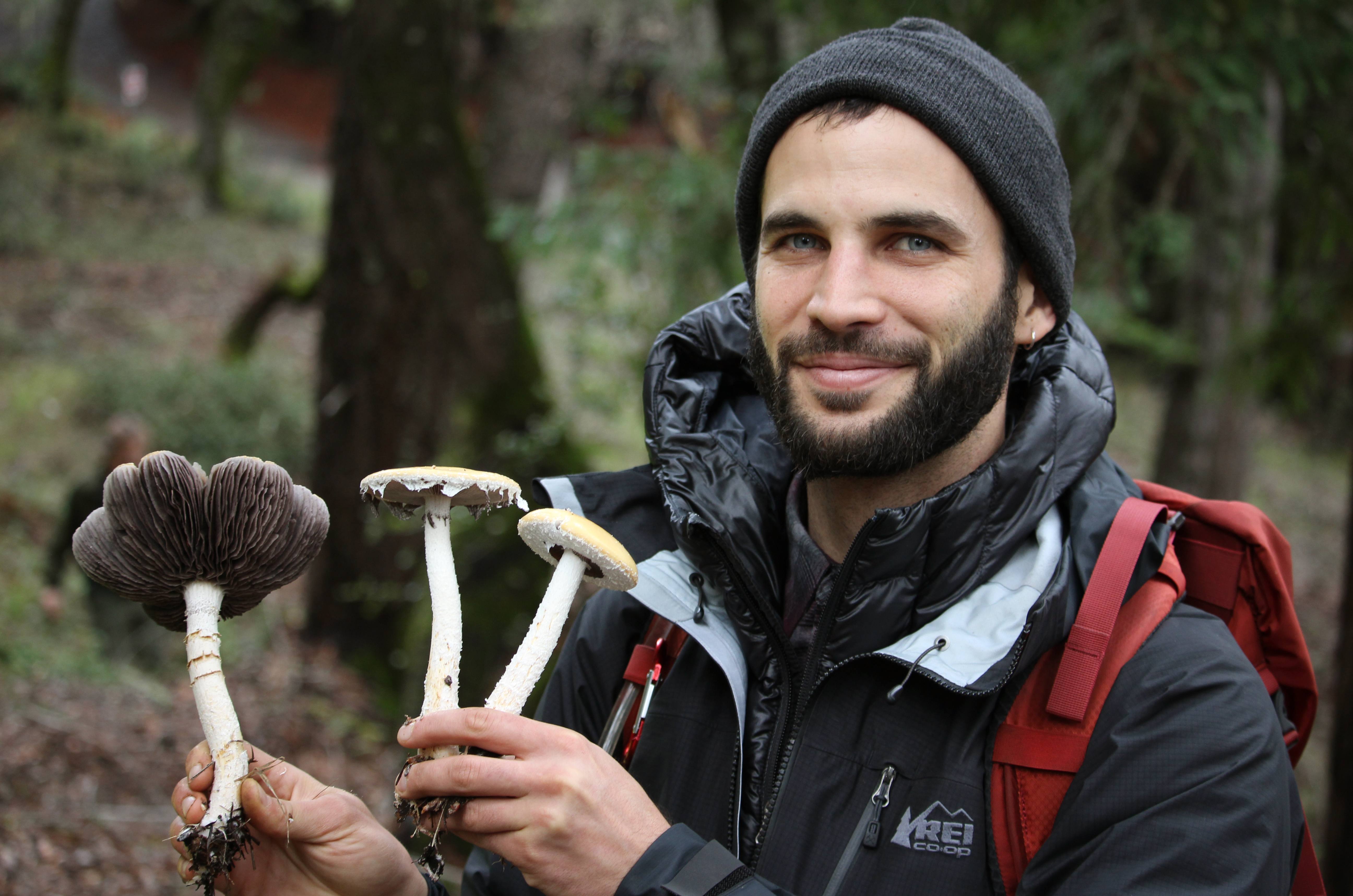







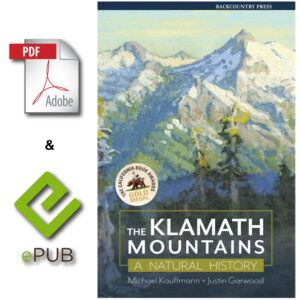
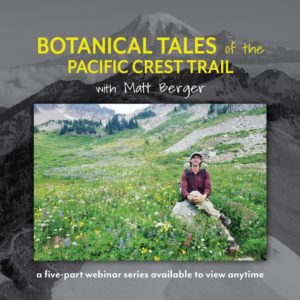
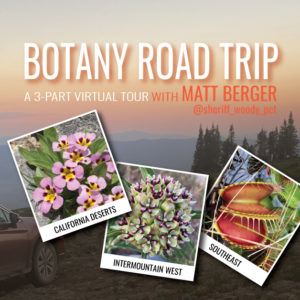
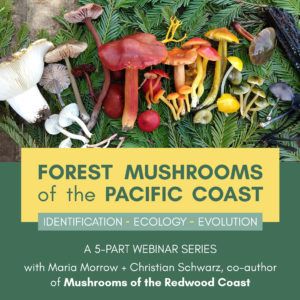
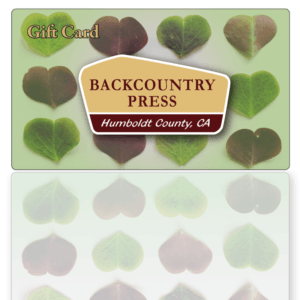
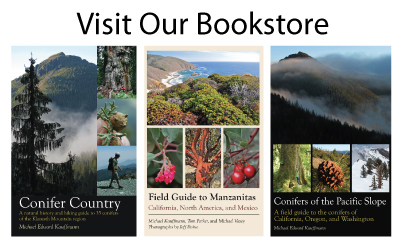
Tomoko Nakajima (verified owner) –
I enjoy participating in Christian & Noah’s mushroom classes. I’ve purchased the “Mushrooms of the Redwood Coast” book and I use this as ID book when I come across new mushroom to me. And when “Mushrooms of Cascadia 2024 version” is published next year, I’m planning to buy it as well. For the people who likes mushroom forays, I highly recommend they take this class. The class fee is very reasonable for 5 times × 2 hours classes.
Virgie Noble (verified owner) –
This was a great class. I loved that they made sure to answer everyone’s questions. I plan on rewatching the recordings as well. They were very well spoken with a lot of knowledge, energy and enthusiasm which kept me listening. I love my Fungi of the Redwood coast and I can’t wait to obtain a future copy of Mushrooms of Cascadia.
Kate (verified owner) –
Noah and Christian are tremendously knowledgeable and passionate. The level of not only “brass tacks” information but narrative, context, and analysis made for an extremely valuable and captivating class. Bonus: I was not expecting the quality, robust commentary and Q&A generated by webinar attendees – gratitude for the generous facilitation.
Jill Surdzial (verified owner) –
Christian and Noah are masters at conveying the beauty, mystery and complexity of the fungal kingdom. This series is a fantastic resource regardless of your level of experience with mushrooms. I plan to revisit the lectures to see what I missed the first time-there’s so much great info. I can’t wait to see the new book! Mushrooms of the Redwood Coast has been my primary reference for learning the mushrooms of my home range and the pictorial key really suits my style of learning and synthesizing data. I’ve also learned to use iNaturalist thanks to Christian’s enthusiastic advocacy. Seeing the maps that Noah and Christian pulled from iNaturalist to illustrate similarities in range between fungi and trees was fascinating and really shows the power of the tool beyond organism identification. I love being a part of the mushroom community and am excited to see what comes next. Thanks to Noah and Christian for sharing their passion and knowledge and thanks to Backcountry Press for hosting this fantastic series.
John Geiger (verified owner) –
Really enjoyed this course. Wonderfully informative and fun! Best zoom backgrounds ever 🙂 Thankful for access to the recorded sessions since I couldn’t attend a few of the live classes. Well done all around. Way to go Backcountry Press!
Philip Dekat (verified owner) –
Wow!!! What an fascinating class. I learned a lot and gained valuable abilities and knowledge thats hard to find elsewhere. the science was ease to understand, the class was super fun and engaging, and it greatly enhanced my connection and understanding to the natural world in many ways. learning directly form people and their experiences in nature is such a valuable opportunity and resource. Worth every penny and second!
Tripp Mikich (verified owner) –
This five part class is a deep dive into where fungal mycology is today and where it’s headed, especially in regards to the PNW. With a strong emphasis on the part that “citizen scientists” can play in that future, Noah and Christian cover a wide range of material, with an emphasis on the role that anyone with more than a passing interest in our fungi friends can play. It’s not an “ID” class, per se, although the basics are covered, but is really about what fungi do, what their importance is in general forest ecology, and what we do and don’t know going forward.
The big plus here is that they shine light on the complexities we’re faced with trying to understand the whys and whats and wheres of fungi, and just how much we don’t know, underscored with the urgency of how swiftly we may be losing species and habitat that we know so little about. In many ways, the classes are inspirational because of that sense of urgency, pointing those of us taking the classes in the directions and ways in which we as individuals (and with others) can be helpful in building understanding and knowledge of the fungal world, and deepening both our appreciation and understanding of the critical roles that fungi play in our our forests and other ecosystems. If you just want to learn how to find some edibles, this might not be your class. But if you find fungi and mushrooms fascinating, colorful, interesting, and occasionally delicious, this just might be what you’re looking for. I have been studying and picking mushrooms for some 50 years, yet came away from this class really wanting to go deeper and learn even more. This class was a doorway into a new, yet also familiar, world for me.
Nancy (verified owner) –
Thank you so much! I learned a lot and thoroughly enjoyed these classes. I am anxiously awaiting the the book too.
Anita Soost (verified owner) –
Every one of these 5 sessions was like having a seminar with your favorite teachers who also happen to be the most knowledgeable and engaging scholars on the subject. They can expound on basic fungal biology and then pivot to profound analysis of the unknown. I liked listening to the dialogue between them. I think the time given to Q&A really enhanced the class experience. I wish I could have attended the field trip. Thanks for recording the series also. I wish success for the new book. Their approach to identifying mushrooms is truly awesome.
Amy Hill (verified owner) –
We loved this class! We are just beginning to study mycology and the lectures were accessible to newcomers (and still had a lot of deeper information and details that were interesting to those who had more experience). It gave us valuable background information that reading the first 3 pages of a mushroom identification guide just can’t convey – especially insights into the “big picture” of how fungi fit into our ecological systems.
Kim Charette (verified owner) –
I have always been keenly interested in the world of mycology which kicked into high gear when I started finding different mushrooms appearing in my yard in the Del Norte spruce and redwoods. My interest was further piqued when I found that my regular leaf blowing was producing new species . I started using the I Nat. App to help me identify the new species as I knew some were good edibles. Then I discovered MUSHROOMS OF THE REDWOOD COAST and a whole new world of interest opened for me. I started following our local mushroom club posts and it was there I discovered this webinar. As an undergrad forestry student at O.S.U. I became disillusioned with the forestry practices and the impact it was having and switched majors. If I had known about the magnificent world of fungi I would have pursued that course. I was fortunate to see the link to this course on a Facebook post from a club member. The information I learned has been so valuable and the eloquence and knowledge of Christian and Noah’s made for such an incredible learning experience. I felt that I was in a college class that really rocked my world. I cant wait to get the newest book and continue the journey beyond the more than 100 species I have identified in my one acre yard. Thank you ALLISON for putting together this impressive presentation. Happy 2024.
Lisa Couper (verified owner) –
WOW. Jam-packed with information this webinar series was excellent. The knowledge of Christian and Noah is mind boggling and their willingness to share and provide insight into this Kingdom is very much appreciated. Looks like I will also have to make some space on the bookshelf for Mushrooms of Cascadia. – And a shout out to Backcountry Press for setting these up.
Sandy Patton (verified owner) –
Fabulous! I did not purchase this in time to participate in the live presentations. But, viewing the recorded sessions is just as good. I thoroughly enjoyed each session and was thrilled each time a question I had in mind was asked and answered. I have seen over 100 fungi related presentations in my 15 years of being a mycophile; and I count this series among the best. I can’t wait to add their new book to my collection.